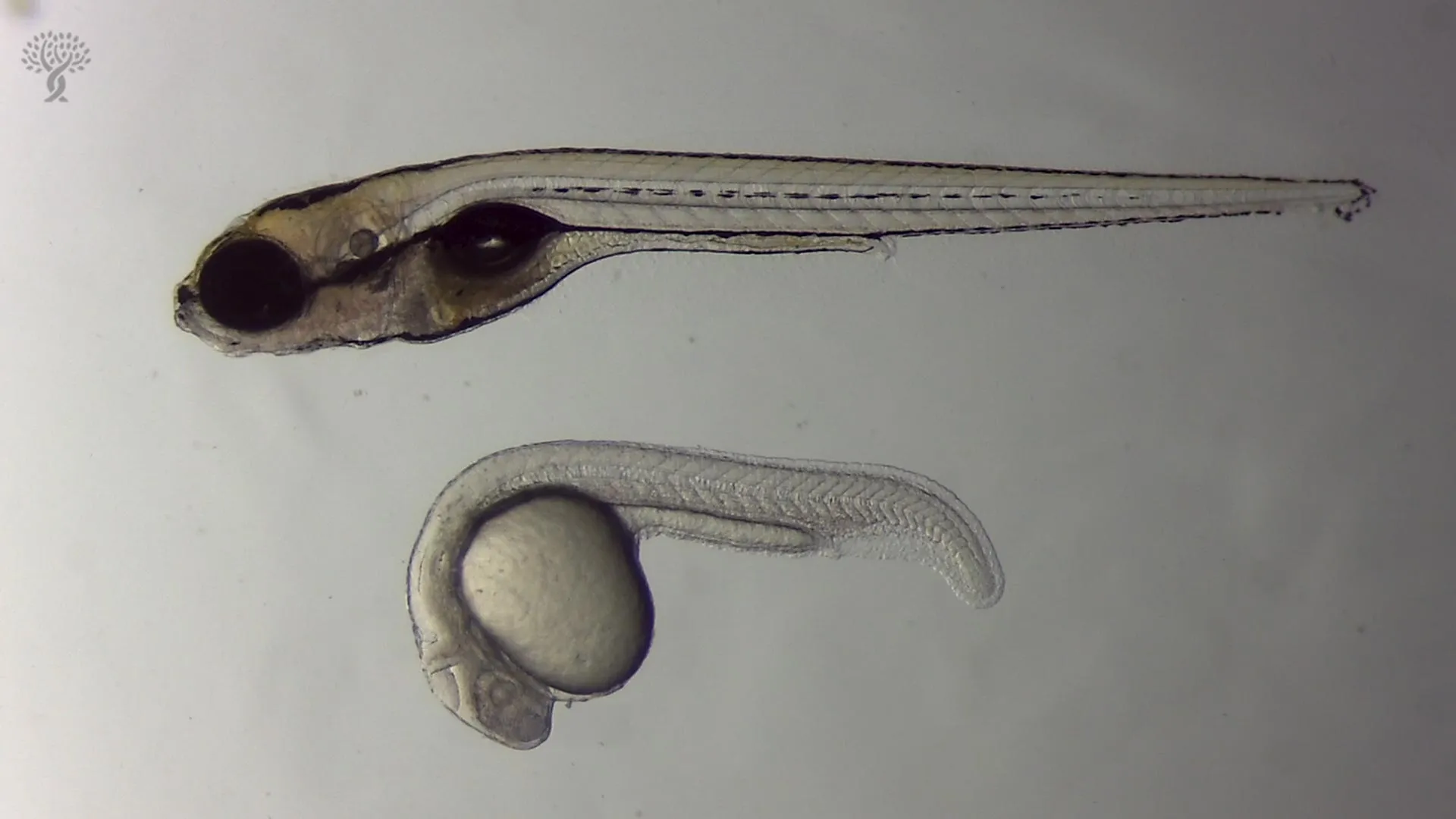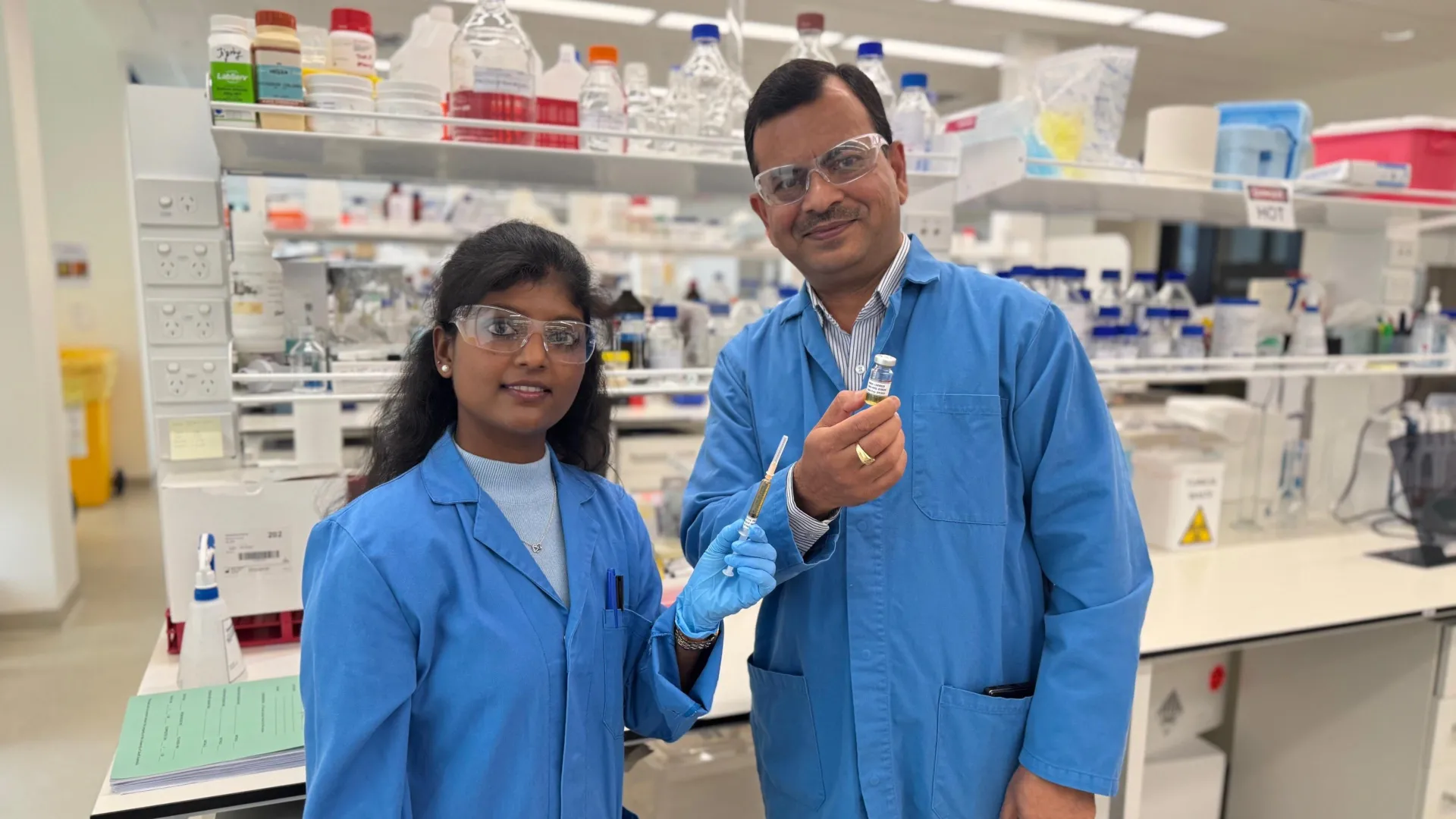Now Reading: Can Zebrafish Unlock the Secret to Restoring Human Hearing?
-
01
Can Zebrafish Unlock the Secret to Restoring Human Hearing?
Can Zebrafish Unlock the Secret to Restoring Human Hearing?

Swift Summary
- Humans cannot naturally regenerate sensory hair cells in the inner ear, leading to permanent hearing loss or balance issues.
- Zebrafish, unlike humans, can regenerate these sensory cells effortlessly; their mechanisms closely resemble human inner ear processes.
- Scientists at Stowers Institute for Medical research identified two distinct genes regulating regeneration in zebrafish’s sensory support cells.
- Published findings from July 14, 2025 (Nature Communications) show that different cyclinD genes regulate cell division independently across stem and progenitor populations within neuromasts of zebrafish.
- Neuromasts are sensory organs enabling zebrafish to detect water motion; thay help study the regeneration process due to their structural similarity to human hair cells and accessibility for genetic manipulation.
- The study indicates that self-reliant regulation of cell groups may enable targeted approaches in understanding tissue renewal for other systems like blood or intestines.
- Insights could eventually guide regenerative medicine research in mammals.
Indian Opinion Analysis
The revelation offers a small but promising step toward solving a broader biological challenge-why mammals do not naturally regenerate certain vital tissues. For India, where hearing impairment affects millions and accessibility to advanced medical interventions is scarce outside urban centers, such findings could inspire long-term advancements. While immediate implications for healthcare remain distant due to continued reliance on basic research tools like zebrafish models, the study sets foundational knowledge crucial for breakthroughs benefiting broader demographics. Additionally, collaboration wiht international institutes emphasizes india’s importance as part of global medical research networks striving for solutions that blend science with accessible healthcare policies.

























